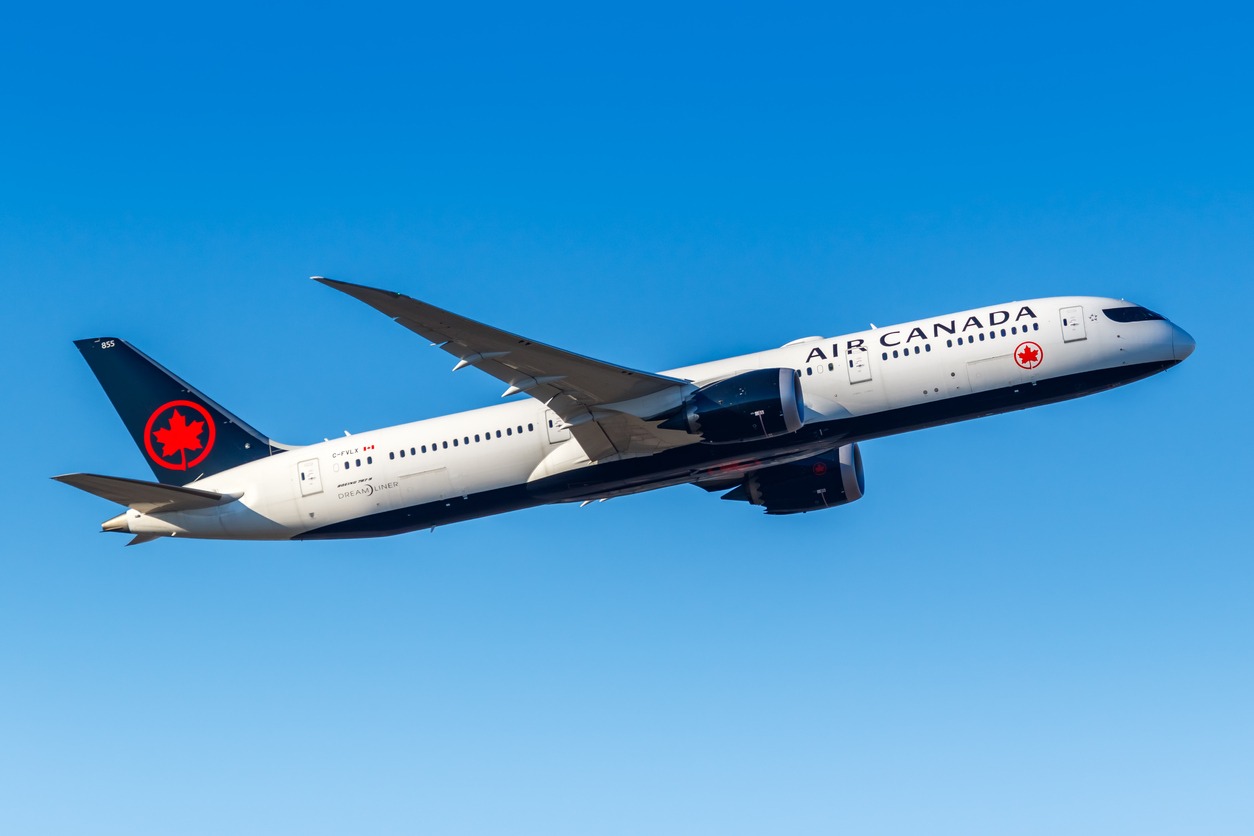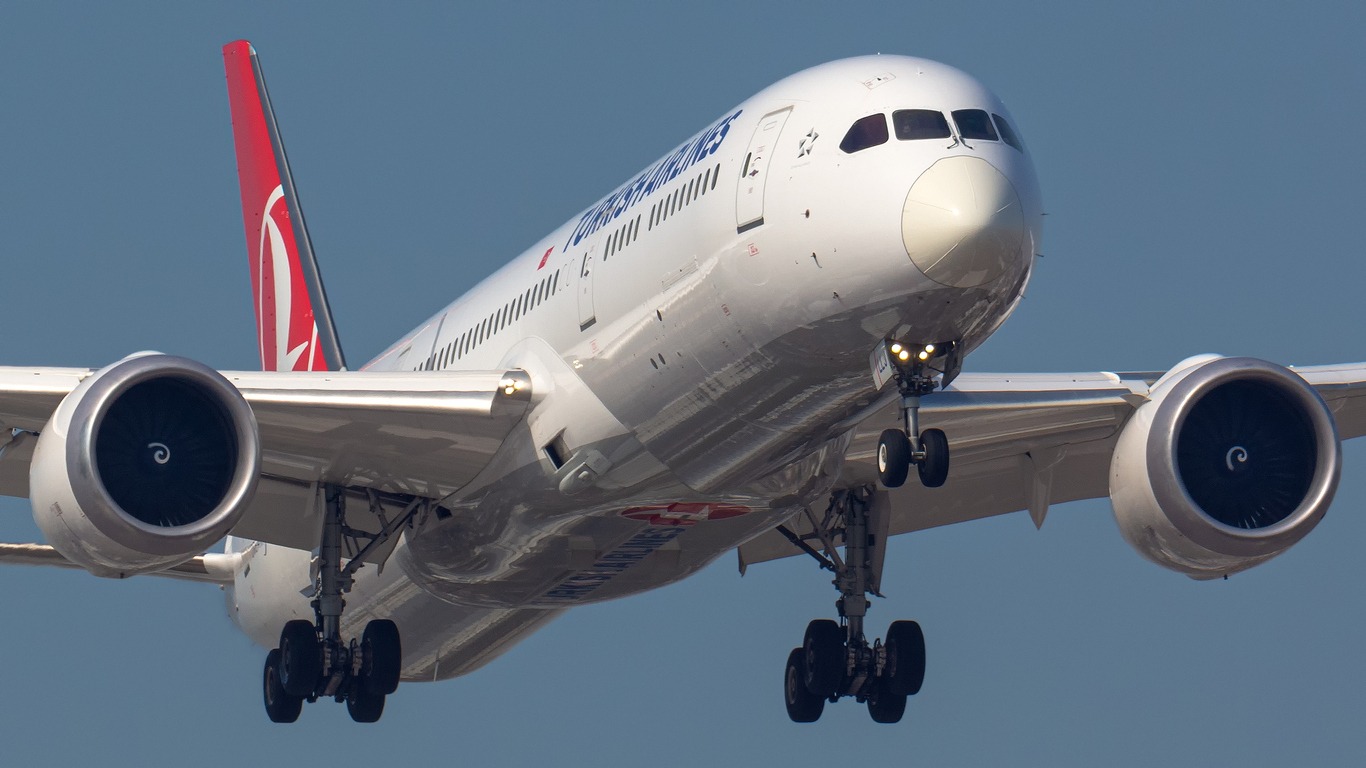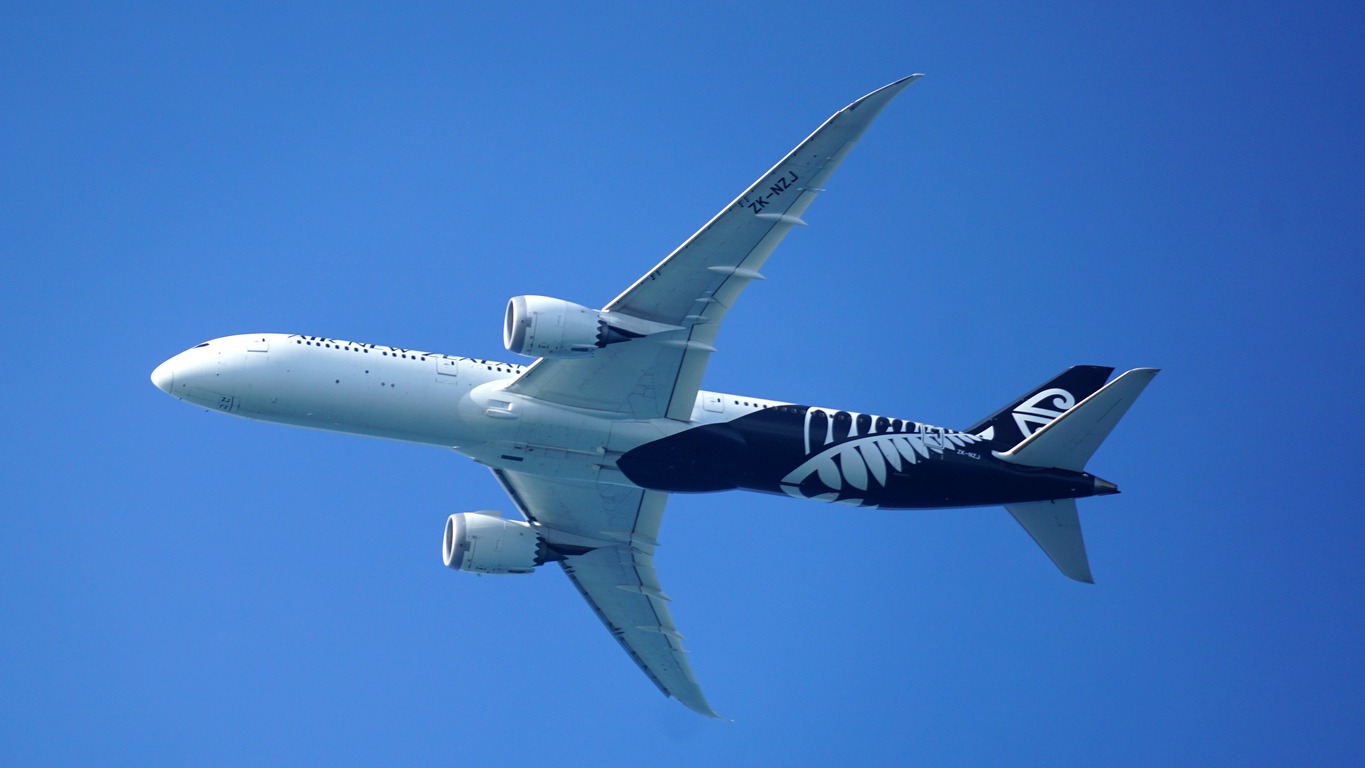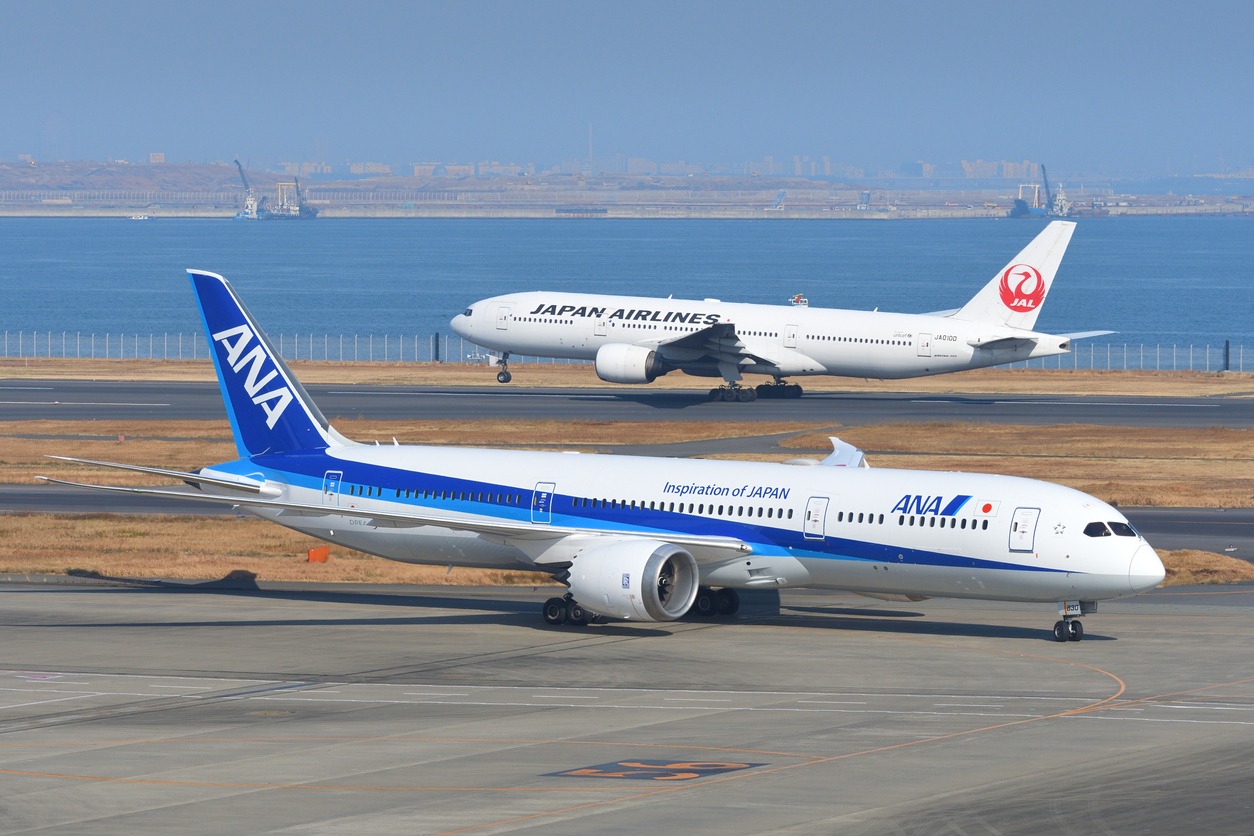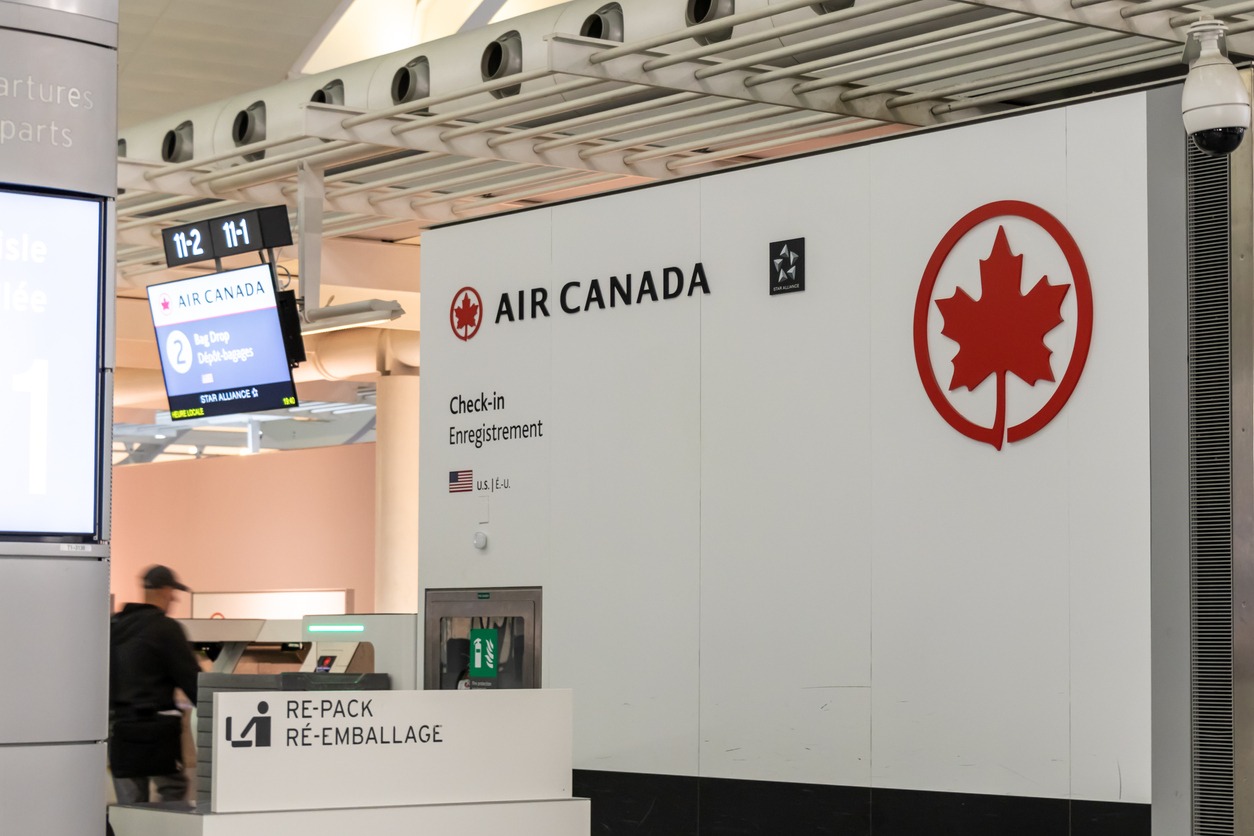Air Canada is the largest airline operating in Canada in terms of size and the number of passengers it carries. It is incredibly efficient and speedy because it uses some of the best airplanes on the market. Among the many aircraft in its fleet, Air Canada has many Boeing 787-9 Dreamliners. These planes are excellent for transporting passengers and cargo efficiently.
The Boeing 787-9 Dreamliners is one of the best planes operated in North America because it uses the latest technology and innovation to ensure the comfort of its passengers. This aircraft has revolutionized the aviation industry because of its design. The design includes two engines and a large jet body that allows a large number of passengers to board the aircraft. Still, it is lighter, consumes less fuel, and can be used for flights.
Air Canada
Air Canada is the largest airline in Canada as it operates the largest number of flights, carrying the most significant number of passengers daily. The headquarters for the airline is located in the borough of Saint Laurent, located in Montreal, Quebec.
The airline was founded in 1937 and is available to transport passengers and cargo to over 222 destinations. It operates international and national flights, and the airline’s regional service is Air Canada Express.
Air Canada is Canada’s national airline, originating from the federal government’s Trans-Canada Airlines, which began operating transcontinental flights in 1938. Trans Canada Airlines was later renamed Air Canada in 1938 after approval from the government. Air Canada was privatized after the deregulation of the Canadian airline market in 1988.
Air Canada is a huge airline with a large fleet of airplanes ranging from various Boeing models to Airbus. It has a total of 168 planes, which are all Airbus and Boeing planes. It also has 114 Regional Jets and turboprops, which fly under the Air Canada Express brand.
For long-haul routes, Air Canada utilizes its widebody aircraft, such as Airbus A330, Boeing 777, and Boeing 787 Dreamliner. The airline prefers to use the Airbus A320 family for shorter-haul routes, including all the Airbus A320 and Airbus A321 variants. Air Canada also uses the Boeing 737 Max 8 and the Airbus A220-300 alongside the A320 family aircraft.
Air Canada’s operating divisions include Air Canada Cargo, Air Canada Jetz, Air Canada Express, and Air Canada Rogue. Air Canada Jetz is a private jet charter, and Air Canada Rogue is a leisure airline. There is also a subsidiary named Air Canada Vacations, which provides vacation packages to its customers. These packages include over 90 destinations that you can choose from.
Suppose all of Air Canada’s regional partner flights are counted along with Air Canada’s. In that case, it operates over 1613 scheduled flights daily.
History of Boeing 787–9 Dreamliner
During the late 1990s, when the sales of Boeing’s 767 and 747-400s started slowing down, the company proposed that it was time to add a new aircraft. Many aircraft were suggested, but in the end, the 747X won over the others. They were lengthened 747-400s, with improved efficiency and 15% higher speeds.
The Boeing 747Xs were not as popular as the company had hoped. In 2003, the company produced the 7E7, which used the Sonic Cruiser technology in a more conventional configuration. The 7E7 was a smaller mid-size twinjet that showed the shift in the aviation industry.
In the same year, there was a new addition to the board of directors. James McNerney, who would later become the CEO of Boeing in 2005, proposed that there needed to be a change. Boeing was rapidly losing their market share to Airbus and believed a new plane was required to regain that share.
After issuing an ultimatum, Boeing developed a replacement for the sonic cruiser. The project was named 7E7. The E in the name stood for many things such as efficiency, environmentally friendly, etc. Ultimately, Boeing decided it stood for eight, and 7E7 became the 787. There was also a public naming competition for the 787. Around 500,000 votes were cast, and in the end, the winning title was Dreamliner. Other possible names included Global Cruiser, eLiner, and Stratoclimber.
On April 26, 2004, All Nippon Airways, a Japanese Airline, became their first customer as they announced an order for 50 aircraft. The delivery of these aircraft was to begin in 2008.
The 787 Dreamliner also had many variants, including the 787-3, the 787-8, and the 787-9. The latter entered service in 2010.
More About the 787-9 Dreamliner
The Boeing 787-9 Dreamliner is a much more strengthened and lengthened version of the Boeing 787-8 Dreamliner. It has a 20 feet longer fuselage and a 54,500-pound higher maximum take-off weight, making it perfect for transporting cargo and passengers.
The Boeing 787-9 Dreamliner can carry 296 passengers as it has a typical three-class arrangement and can travel over 7635 nautical miles. The plane also has an active boundary-layer control on the surface. This feature helps reduce drag immensely.
The Boeing 787-9 Dreamliner was designed to replace the Boeing 167-400ERs and the Airbus A330-300. Its direct competitor is the Airbus A330-900.
The plane was designed to enter into service in 2010, and the finalized date was July 1, 2010. However, there were some delays, and the deliveries were scheduled for 2014 instead. The prototype of the Boeing 787-9 Dreamliner made its maiden flight on September 17, 2013, from Paine Field. By November 8 of the same year, it had been flown for over 141 hours.
Before its first delivery, Boeing displayed the plane at the 2014 Farnborough Air Show. The first ever Boeing 787-9 Dreamliner was delivered to Air New Zealand, who were their launch customers. This plane’s first-ever commercial flight was from Auckland to Sydney on August 9, 2014.
To create the Boeing 787-9 Dreamliner, Boeing had to make specific changes to the 787-8’s wings, systems, and fuselage. They were necessary to achieve the payload-range goals of the 787-9. After the wing revamps of the 787-8, the new configuration was used for the 787-9 and the 787-10.
Sales
Upon the launch of the 787s, All Nippon Airways was Boeing’s launch customer. The top airlines that purchased the Boeing 787-9 Dreamliners include American Airlines, All Nippon Airways, ILFC, United Airlines, and Etihad Airways. American airlines have 52 Boeing 787-9 Dreamliner, which is the most in any fleet. ILFC owns 51, and All Nippon Airways owns 44. United Airlines and Etihad airways own 38 and 41 787-9 Dreamliners each.
Initially, the Boeing 787-9 Dreamliner was priced at $189 to 200 million.
Specifications
Cost
The average cost of Boeing 787-9 is estimated at around 292.5 million dollars.
Passenger Seats
The Boeing 787-9 has 290 seats for passengers with two classes. The plane’s seats are well cushioned and very comfortable, with a monitor behind every seat.
Range Nautical Mile
It can travel to about a range of 7,635 nautical miles, which is about 14,140 km.
Length
The length of this model of Boeing airplane is 63 meters or 206 feet.
Wingspan
The length of its wings is 60.17 m or 197 feet 4 inches from one wingtip to another.
Height
The height of Boeing 787-9 is 17 meters or 55 feet 10 inches.
Engine
Boeing selected two engines to power 787-9. One is General Electric GEnx GEnx-1B, and the other one is Rolls Royce Trent 1000.
Wheels
The Boeing 787-9’s nose gear has two wheels and two bogies of 4.
Maximum Weight Capacity
Its maximum take-off weight is about 502,500 pounds.
Fuel Capacity
The Boeing 787-9 can store 126,206 liters of fuel that is about 33,340 gallons.
Crashes and Issues
The Boeing 787-9 got into many crashes and issues. Here are some of them:
B789 / A388, Singapore (2017)
On March 30, 2017, a Boeing 787-9 aircraft moving slowly on the runway for departing at night in Singapore got into a minor accident with a stationary Airbus A380.
The investigation proved that the conflict occurred due to the supervised trainee’s poor control of the GND. The 787 crew did not handle the situation accurately upon facing a collision with the A380.
B789/B773, Delhi, India (2017)
On October 7, 2017, a Boeing 787-9 was arriving towards Delhi airport on the runway where a departing Boeing 777-300 was about to take off. The Boeing was about to land on runway 29 at Delhi airport, but that runway was being used by the departing Aircraft 777-300.
It landed on the runway and came within 0.2 nm and 200 feet vertically to the airplane due to the ATC (Air Traffic Control) failure to ensure the required distance and separation needed. A proper investigation was launched to look into the whole event.
B789 / C172, en route Northwest of Madrid Spain (2017)
On August 8, 2017, Boeing 787-9 aircraft departing Madrid going towards Dallas-Forth Worth was landing on the FL109 pathway. It almost came into contact with another plane but thankfully was avoided due to the Boeing crew’s careful handling. The investigation proved that the other aircraft had a conflicting flight path.
Services Offered by Air Canada
Air Canada offers its customers three classes of service. These include Business or Signature Class, Premium Economy, and Economy. All three service classes are available on most long-haul, short-haul, and international flights operated by widebody aircraft. Only two classes of service are offered on domestic and short-haul flights operated by narrower planes. These include Business and Economy classes.
Air Canada Express only includes Business and Economy classes on their Embraer E175 and CRJ-900 planes. On all other planes, there is only one economy-class cabin. All narrow-bodied aircraft under Air Canada have onboard Wi-Fi installed. The airline is working on extending this facility to wide-bodied planes as well.
Cabins
There are four different kinds of cabins available in Air Canada planes. The Signature Class is Air Canada’s international business class, and this class of seats is available on all widebody aircraft. Within the Signature class, there are two kinds of cabins available. These include the Executive Pod and the Classic Pod.
Within these pods are many features, including Audio Video on Demand, noise-canceling headphones, a touchscreen, and music. All these features are provided by XM Satellite radio.
The regional business class is offered on all narrow-bodied aircraft. The seats in this class have a 120 to 124-degree recline and feature Audio Video on Demand and music.
The premium economy class is offered on all Airbus A330, Boeing 777, and Boeing 787 planes. Seats in this class are larger and have a much greater recline than the economy class.
The economy class has seats that are 17.2 to 18.5 inches wide on most planes and recline 3-6 inches. They are also fitted with personal Audio Video on Demand and music. Both are provided by XM Satellite Radio.
Lounge
Air Canada has 23 Maple Leaf Lounges in all the major airports across Canada and various international airports. These are available for passengers that hold a same-day ticket on Air Canada in multiple classes or have a membership to affiliated Star Alliances lounges, including the United Club.
Frequent Flyer Program
Air Canada also rewards passengers who frequently fly with them. They have a program in place known as Aeroplan. This plan rewards customers by allowing them to collect spending points and other status and rewards.
The airline changed how the points were divided and collected and introduced an internal rewards program. This program was named Altitude, and it operated in conjunction with Aeroplan.
However, in 2017 Air Canada announced that they would launch a new loyalty program that would replace Aeroplan and Altitude in 2020. Air Canada was able to re-acquire Aeroplan and merge it with its own Altitude.
Conclusion
The Boeing 787-9 Dreamliner is an excellent plane with many features intended to make the aircraft more efficient and make the passenger feel comfortable. Its demand is increasing daily, and is one of Boeing’s most popular planes. It is used by many airlines, including American Airlines, United Airlines, Etihad Airways, Air Canada, etc.
Air Canada owns many Boeing 787-9 Dreamliner and makes good use of them by employing them to fly long-haul flights. They have also added their signature quality and features to the planes, which allow the passenger to have the best flight experience.

